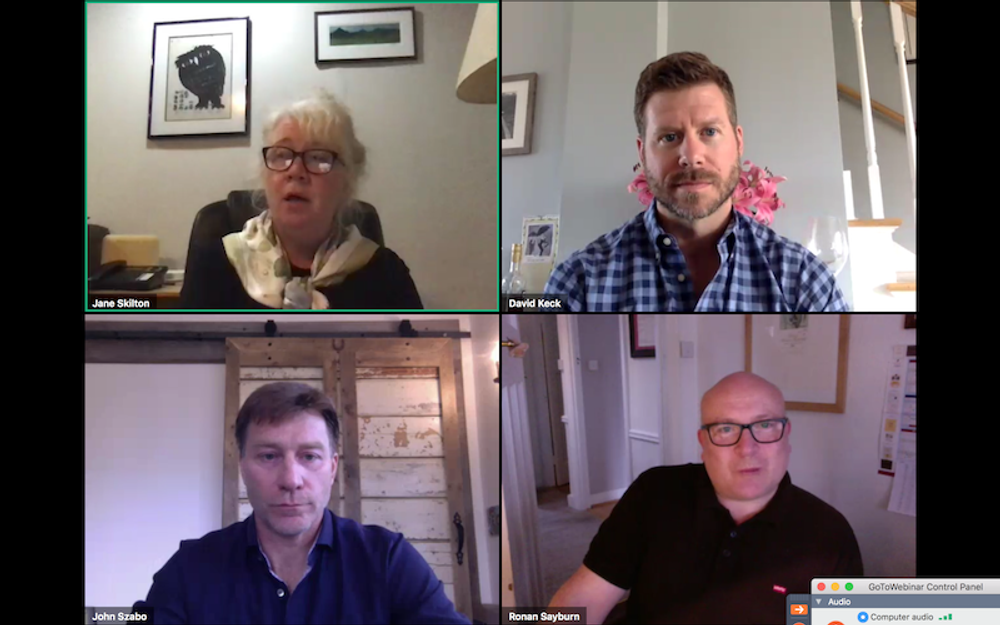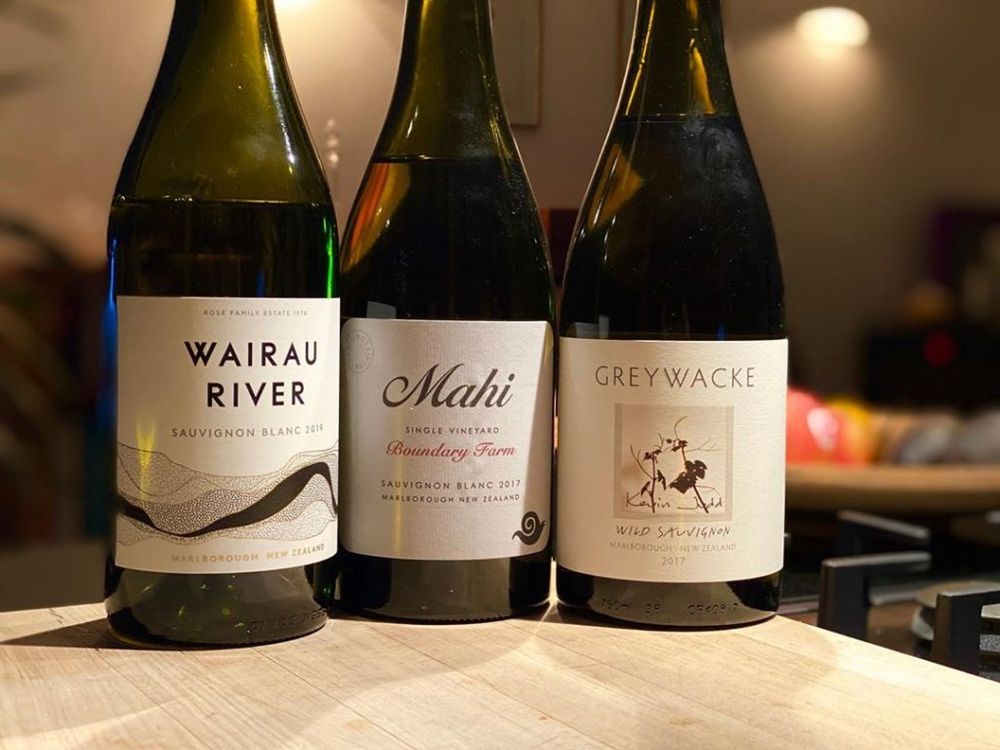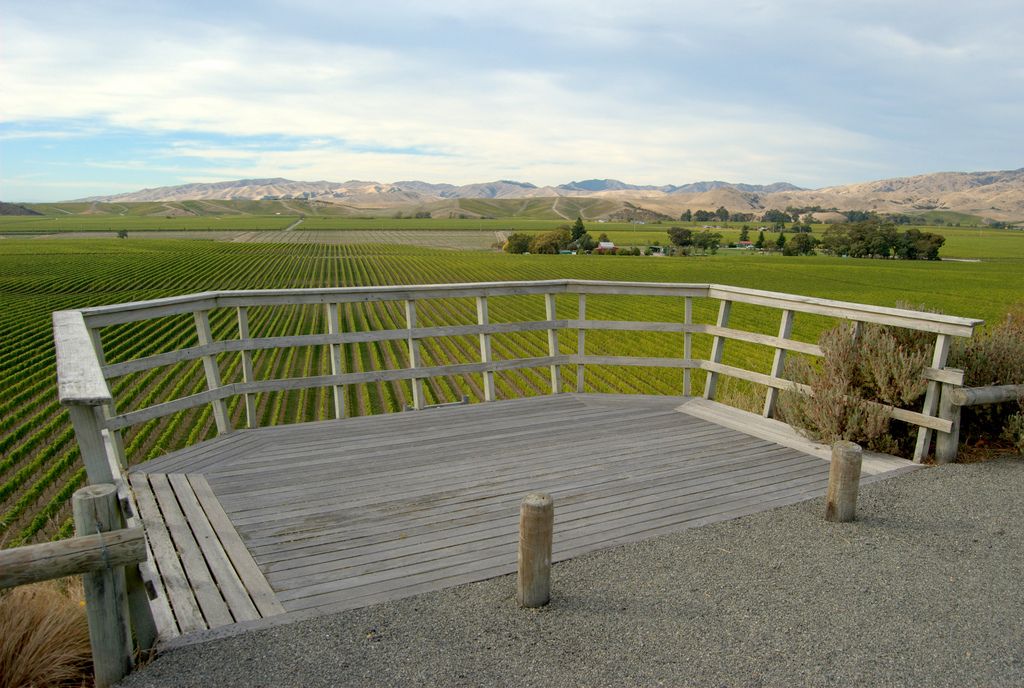Would creating an iconic New Zealand Sauvignon Blanc retailing for hundreds of dollars help or hinder the wider industry?
“How many people have actually had a gooseberry?” joked John Szabo, Canada’s first master sommelier, during the maiden New Zealand Wine Diaries webinar, eliciting a chuckle from his fellow panellists.
Szabo’s point highlighted the international popularity of Sauvignon Blanc, the grape variety selected by the New Zealand Winegrowers trade body for its first online industry discussion.
While panel chair Jane Skilton, a British master of wine resident in New Zealand for the past 20 years, pointed out that Brits were familiar with the tart and hairy fruit, she admitted that consumers in other countries would be left scratching their heads at the flavour description.
That lack of familiarity with its textbook characteristic hasn’t stopped the variety’s all-conquering march across the planet though – while Sauvignon Blanc makes up 73% of New Zealand’s wine production, it accounts for 86% of its exports, demonstrating the thirst for its high acidity and distinctive fruit flavours in international markets.
Marlborough is Sauvignon Blanc’s spiritual home in the southern hemisphere, accounting for 89% of New Zealand’s plantings.
Its success has come at breakneck speed too; after the arrival of the phylloxera louse gave New Zealanders the opportunity to uproot their Muller-Thurgau, the first Sauvignon Blanc vines were planted in 1973, with the maiden commercially-produced wines following in 1979.
Joining Skilton and Szabo for the first webinar – which was entitled, “Sauvignon Blanc – Get Past the Gooseberry, Let’s Talk About the Wine” – were two other master sommeliers: David Keck, who most recently was a partner in the Goodnight Hospitality group in Houston, Texas, before returning to his native Vermont; and Ronan Sayburn, head of wine at private members’ club 67 Pall Mall in London and chief executive of the Court of Master Sommeliers Europe.

Yesterday’s Webinar took place over four different time zones
New Zealand Sauvignon is not ‘one style fits all’
Skilton asked if consumers were ready to learn about regionality.
“We need to be a lot more specific when we talk about ‘New Zealand Sauvignon Blanc’,” said Szabo.
“We don’t talk about ‘Australian Shiraz’ anymore – you really have to get into sub-regional specificity, because it’s not all the same, it’s not all one monolithic style.
“Although within Marlborough one classic style does dominate the market commercially in volume, there are so many other different areas within Marlborough and within other parts of the country.”
Keck suggested that half of consumers in the United States didn’t know the different between areas such as Napa and Sonoma, and that it was more important for sommeliers and wine buyers to know.
“It’s about us understanding the differences so that we can put wines in front of our guests that express those regional differences,” he said.
“I’m don’t think our guests care that much about regional identifiers at this point, it’s more about site specificity and producers.”
Sayburn added: “It’s our job as sommeliers to encourage people’s interest and tell that next page of the story about New Zealand Sauvignon, the regional differences and the sub-regional differences within Marlborough.”
The first wine diaries session was highly interactive, with Skilton posing questions from the audience to the experts.
As well as the regionality aspect of New Zealand Sauvignon Blanc’s development, participants also quizzed the panellists on whether winemaking techniques such as lees ageing, oak maturation or malolactic conversion would detract from the variety’s fruit-forward flavours.

The three New Zealand Sauvignon Blanc that Sayburn had prepared for the webinar
Sayburn held up Kevin Judd’s Greywacke Wild Sauvignon which is distributed by Liberty Wines in the UK – by way of an example as to how Sauvignon Blanc could still retain its identity, while having its texture enhanced in the winery.
Keck agreed, pointing out that techniques such as oak ageing should only be applied to varieties that have enough concentrated fruit flavours to stand-up to the method.
Szabo added: “It would be a disservice to the variety to render it in one single style – the grape is capable of producing distinctive wines.”
He highlighted an extreme example – The Supernatural Sauvignon Blanc from the Millar Road winery in Hawke’s Bay, which is handled in the UK by Vintage Roots.
Sealed with a crown cap like a beer bottle, the wine is made with both skin and lees contact, with the extra exposure to oxygen leading to much more rapid development, even down to its deeper colour.
Skilton also asked her panellists how New Zealand could drive premiumisation in international markets?
“Do we need to be asking more money for these top-end wines? Do we come out with a NZ$250 bottle of Sauvignon?”
Keck pointed out: “It seems pretty contradictory to the New Zealand personality to ask for that much money for a bottle of wine – it’s a very humble group of folks, who have trouble even asking money for the wine, period.”
“Developing what people would call an iconic version actually does to some extent on occasion help a region if there is that one sought-after label – even if the wine doesn’t warrant that, it’s marketing,” he added.
Szabo agreed: “There’s a halo effect that’s created by ultra-premium wines in whatever region. If there’s one wine that sells for $200 a bottle then selling one for $50 becomes much more feasible.”
Sayburn wasn’t convinced though: “For me personally, it’s a stupid consumer that buys expensive wines and thinks they’re great. Unless it’s done in tiny, tiny amounts and there’s something really special about it to justify that price then the price tag is not the most important thing.”
Where are New Zealand’s threats coming from?

John Szabo believes that Chile could be becoming a threat for New Zealand
Discerning New Zealand’s next steps could perhaps become more pressing, with the panellists also asked to identify looming threats from other countries.
In Canada, Szabo pointed the finger at Chile, where he believes wines with a similar flavour profile are being produced at lower prices.
For Sayburn, the threat comes from Tasmania, especially if Australians develop a taste for the island’s Sauvignon Blancs in preference to those from New Zealand.
Keck highlighted a different threat: “Sommeliers pose a risk to New Zealand Sauvignon Blanc, in the sense that if there are enough sommeliers determined to pour something ‘new’ for their guests and take skin-contact Sauvignon Gris from Timbuktu because they think that’s more ‘interesting’ than the New Zealand Sauvignon Blanc that their guests actually want to drink then they’ll start to disappear off lists because of the egos of sommeliers.”
Three further New Zealand Wine Diaries webinars are planned in May, June and September – visit here for more details.
Friday May 1st is international Sauvignon Blanc Day.









































